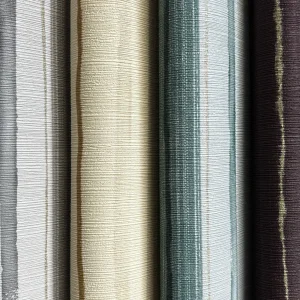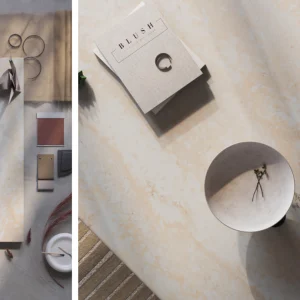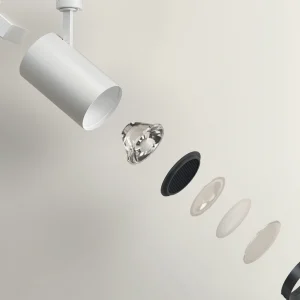Taller than the Great Pyramid of Giza, the idea of The Mastaba has been on the drawing board for 33 years. Bulgarian artist Christo has envisioned a kaleidoscopic mountain of 410,000 multicolored painted petrol drums in various bright colors. The Mastaba has two slanted sides and two vertical sides with a flat top, while a pyramid has all four triangular slanted sides and a pointed top.
According to the plan, the Mastaba will be 150 meters high, 225 meters deep and 300 meters wide. It will have an overall surfacing of 55-gallon stainless steel oil barrels. Hundreds of bright colors will lend a constantly changing visual experience in tandem with the time of the day and the quality of the light.
All barrels on the four sides of the Mastaba and on the top, will be installed so that they are lying on their sides. The two 300 meter wide sides will be vertical, showing the circular heads of the colored barrels. The two 225 meter sides will be sloping at the 60 degree natural angle of stacked barrels, showing the curved sides of the barrels. The top of the Mastaba will be a horizontal surface 126.8 meters wide and 225 meters deep, showing the rounded length of the barrels. There will be no ingress except for maintenance corridors and passageways to the service elevators.
The Mastaba will also feature a complex with parking facilities, a worship room, rest areas for the public and lodging for the curator, the maintenance personnel and the guardians.
Palm trees, eucalyptus trees, thorn trees and other shrubbery will be planted around the Mastaba at a distance as a windbreak, to minimize the force of the sand and windstorms. The area adjacent to the walkways approaching the Mastaba will be lined with flowers and grass.
Christo hired top notch structural specialists from Cambridge, Tokyo, Zurich and Illinois to compete over the project. UK-based firm Buro Happold who also built the Louvre Abu Dhabi, submitted their bid in 2008. For building the sloping structure of the Mastaba, the company has proposed the fastening of groups of steel barrels to sub frames and then hauling them up the slope into position. They have also proposed to build the roof structure at a low level and hoist up the concrete towers with strand jacks.
Envisioned in an empty landscape near the Abu Dhabi-Al Ain highway, the Mastaba project has been delayed for a very long time before the government is finally considering building the structure. There have been scouting expeditions throughout the emirate for potential sites, and consultations with dozens of engineering and structural specialists.
Over the course of eight trips to the UAE since the 1970s, Christo and Jeanne-Claude surveyed maps with the former minister of education, reviewed technical studies and befriended officials at the Ministry of Information and Culture, but failed to get a nod from the government.
Sources say that the Mastaba might see the light of the day with the forthcoming international museums on Saadiyat Island as UAE is now in a better position to accommodate works of art. Abu Dhabi was still in the building basic infrastructure stage in the 1970s, which left little scope for art projects.
It would cost an estimated $350 million to $500 million to construct the structure.





